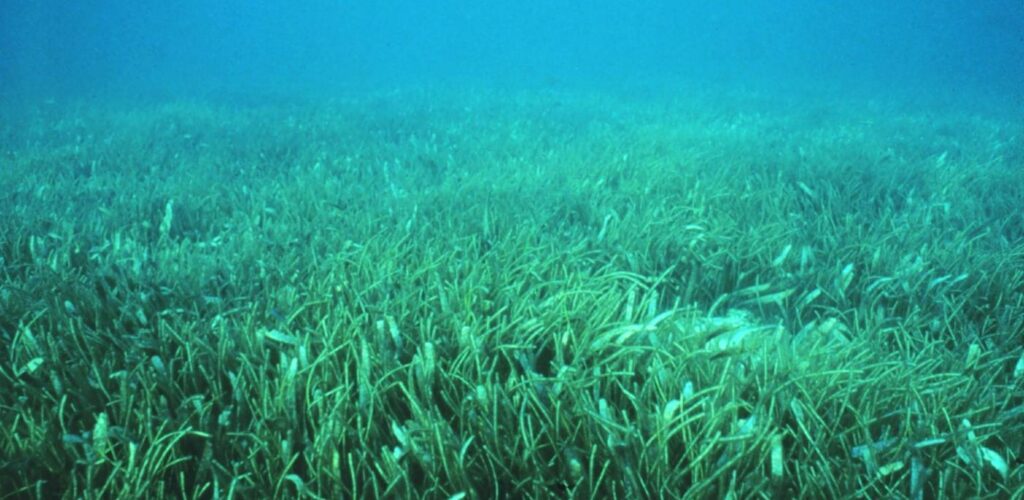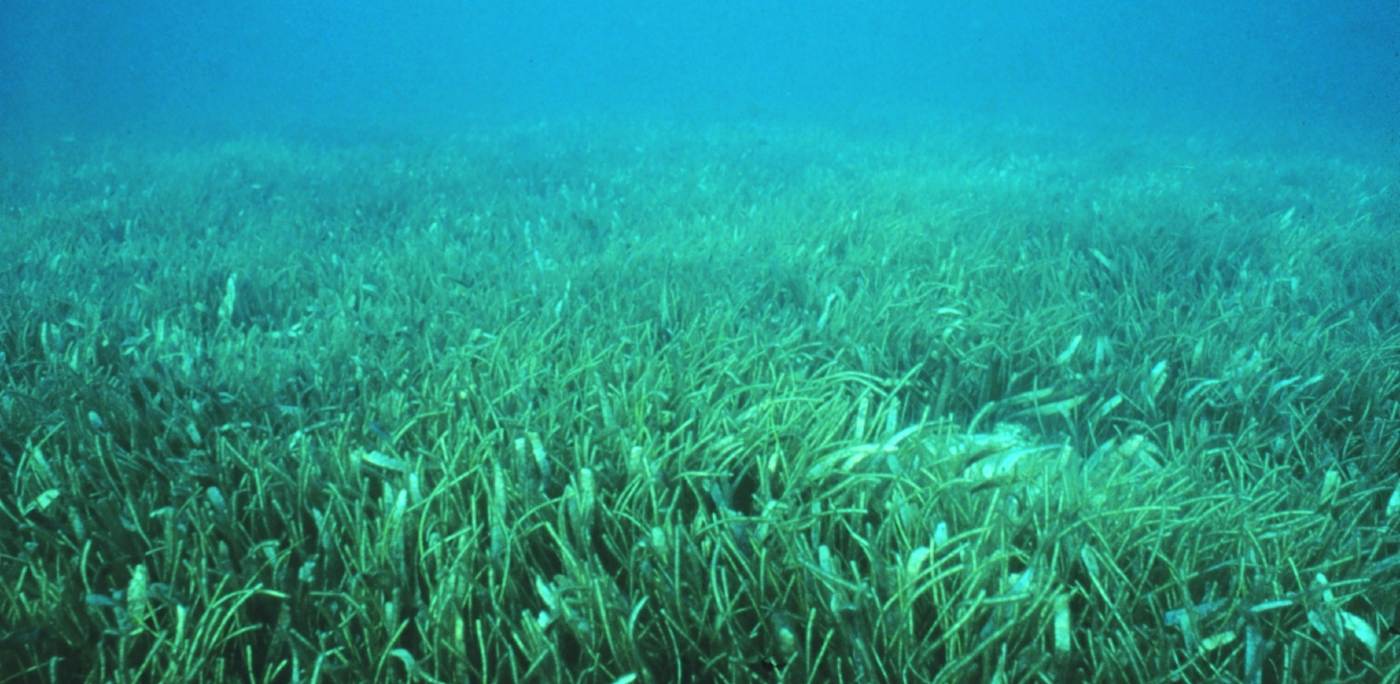The Chesapeake Bay has, despite massive setbacks, continued to return to something resembling a healthy estuarine ecosystem, in no small part because of the dedicated scientists who study it.
As the most extensively studied estuary on Earth, the Chesapeake’s 11,000 miles of coastline play host to a familiar story of competition between short-term economic interests, and long-term ecological ones.
There may have been a time when the two most important species, oysters and seagrass, would have ceased to exist if pollution continued as it had done, but regulation reduced the dead-zones and brought fish, oysters, and seagrass back into the bay.
Now teams of scientists are working to speed the recovery of these keystone species, often by hand, reasoning that as ecosystem engineers, oysters and seagrass can begin to do the scientists’ work for them if they can only propagate to the required numbers.
As the principal polluting agents were nutrient runoff from farms in the surrounding states, and pollutants flowing in from the cities, regulating storm drains and incentivizing farmers to reduce runoff resulted in a 316% increase in seagrass beds between 1984 and 2015.
Oysters, too, are recovering through the diligent work of people like Romuald Lipcius, professor of fisheries science at the Virginia Institute of Marine Science. He’s worked in the Bay for over 16 years—helping oysters recover, live longer, and perform more of their all-important filter feeding.
Using fossil oyster shells, safe artificial substrate, or concrete “oyster castles,” Lipcius and his colleagues are creating safe and optimal habitat for them to grow, and are seeing three-dimensional oyster beds as a result.
In Baines Creek, a tributary of the Elizabeth River in Virginia, oysters are reaching the age of five—once thought impossible due to the diseases that pollution made so commonplace in the Bay.
“All these oysters peeking above the water is a beautiful sight,” said professor of geology Rowan Lockwood at William & Mary College. “It is a glimpse of what the Bay was like 6,000 years ago.”
Little by little

In the Rappahannock River, also in Virginia, a retired Naval officer had used oyster castles to cultivate millions of oysters that regularly reached the age of seven. Between five and seven is when the fecundity of oysters is highest, and they release the most larva.
Out in the Bay, his continued interest in restoring the oyster unveiled some “relict reefs” that had survived from pre-colonial times.
“The relict reefs and artificial reefs are telling us without a doubt that oyster restoration can succeed,” says Lipcius.
MORE: New Solar-Powered Beach Robot Filters Even Tiny Plastic – And 30x Faster Than Humans
“I have always believed that we know how to restore the oysters; we are just choosing not to,” adds Lockwood.
Oysters aren’t the only species that are getting a helping hand. In 2018, after the prolific rise of seagrass acreage in the Bay, record rainfall swept enormous quantities of sediment down off the surrounding farms. The nitrogen and phosphorus was lapped up by algae blooms which blocked the sun from reaching the seagrass, and as a result 38% of the eelgrass species was lost.
“Seagrass is one of the key foundation habitats in the Chesapeake Bay, and in shallow coastal marine systems worldwide,” says Chris Patrick, also at the Virginia Institute of Marine Sciences. “It anchors the sediment, it clears the water, it allows small particles to drift down and become entrained.”
CHECK OUT: Mussels Can Help Filter Microplastics Out of Our Oceans Without Any Harm to the Molluscs
Patrick and his team are looking to speed up the process of seagrass recovery by manually planting seagrass seeds, and harvesting the seed bearing shoots of two different species, eelgrass and widgeon grass, in May.
Filtering the sediment out of the seeds, they take the finest quality seeds and plant them in autumn. Compared to last year, it’s Patrick’s estimate that his planting operations will result in four times as much grass next year.
Patrick and Lipcius work hard for small gains, but fortunately for them the species they’re working to save are better at cleaning and protecting the Bay than even the most die-hard marine biologists, and for each blade of eelgrass or each happy oyster they add to the Chesapeake, they add one more dedicated worker to the project of restoring the Bay to its glorious and bountiful heritage.
(WATCH the PNAS video about this story below.)
FLOAT This Good News Over to all the Nature Fans You Know…




















